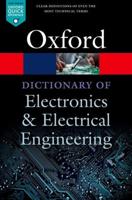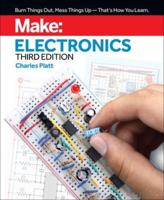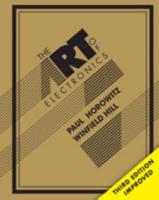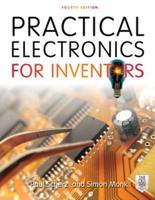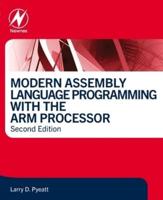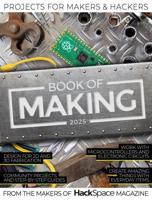Publisher's Synopsis
Excerpt from Standard Reference Material 1749: Au/Pt Thermocouple Thermometer
Following annealing, pull wires were used to thread the thermoelements into the mm bores of a twin bore, high purity alumina tube with overall diameter of mm and length of 76 cm. A relatively long tube length is useful for the maintenance procedures described in Section 8 below. A relatively large bore diameter allows the thermoelements to move easily through the bores as they expand with heating. Before use, all alumina tubes were baked for 50 h in air at 1100 c. During assembly of the thermocouple, the thermoelement segments were rejoined by butt-welding with a small hydrogen-oxygen torch. As shown in Fig. 1, the thermocouple wires emerging from the alumina tube were insulated with ?exible fiber-glass tubing to within 1 cm of their ends, and the fiber-glass tubing was joined to the alumina tube with heat-shrinkable sleeving. A cylindrical sleeve of soil copper was crimped over the fiber-glass tubing where the thermoelements emerged from the insulator. This crimp tube compresses the fiber-glass tubing against the thermoelements to anchor them near the end of the alumina tube. For each thermocouple, a four or five turn coil of 1 mm diameter constructed from mm diameter platinum wire was used to connect thermoelements at the measuring junction, as seen in Fig. 2. A pair of insulated copper wires was soldered to the other ends of the thermoelements to form the reference junctions. Both copper wires were cut from one spool to minimize any thermal emf caused by slight mismatches in the copper composition. The positive lead of the thermocouple, connected to the gold wire, is color coded with a small piece of yellow insulation.
About the Publisher
Forgotten Books publishes hundreds of thousands of rare and classic books. Find more at www.forgottenbooks.com
This book is a reproduction of an important historical work. Forgotten Books uses state-of-the-art technology to digitally reconstruct the work, preserving the original format whilst repairing imperfections present in the aged copy. In rare cases, an imperfection in the original, such as a blemish or missing page, may be replicated in our edition. We do, however, repair the vast majority of imperfections successfully; any imperfections that remain are intentionally left to preserve the state of such historical works.

